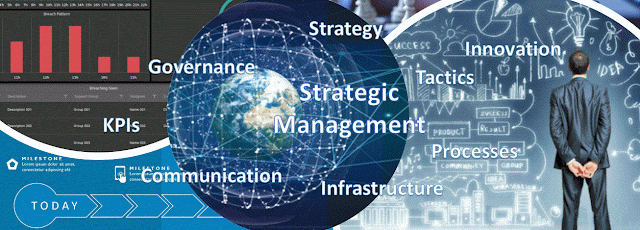 |
| Software Engineering Series |
Looking back at my university years, I'd say that there are three teachers, respectively courses that made a considerable impact on students' lives. In the second year I learned Category Algebra, which despite the fact that it reflected past knowledge and the topics were too complex for most of us, it provided us with a unprecedented layer of abstraction that showed us that Mathematics is not what we thought it to be!
The second course was related to the Complex plane theory, a course in which, the decan of the university at those times, challenged our way of thinking about relatively basic concepts. It was a big gap between what we thought about Mathematics, and what the subject proved to be. The course was thought in a post-university year together with a course on Relativity Theory, in which even we haven't understood much about the concepts and theories, it was the first time (except the Graph theory), we saw applied Mathematics to a broader context. Please don't misunderstand me! There were many other valuable teachers and courses, though these were the three courses that made the most important impact for me!
During those times, we attended also courses on Fortran, Pascal, C++, HTML and even dBase, and, even if each programming language brought something new in the landscape, I can't say they changed how we thought about the world (some of us had similar courses during the lyceum years) and problem solving. That's what for example SQL or more generally a database-related course brought, even if I had to wait for the first MooC courses to appear. Equally important was also Scott E Page's course on Model Theory, which introduced the model-thinking approach, a structured way of thinking about models, with applicability to the theoretical and practical aspects of life.
These are the courses that anybody interested in programming and/or IT should attend! Of course, there are also courses on algorithms, optimization, linear and non-linear programming, and they bring an arsenal of concepts and techniques to think about, though, even if they might have a wide impact, I can't compare them with the courses mentioned above. A course should (ideally) change the way we think about the world to make a sensible difference! Same goes for programming and theoretical concepts too!...
Long after I graduated, I found many books and authors that I wished I had met earlier! Quotable Math reflects some of the writings I found useful, though now it seems already too late for those books to make a considerable impact! Conversely, it's never too late to find new ways to look at life, and this is what some books achieve! This is also a way of evaluating critically what we want to read or what is worth reading!
Of course, there are many courses, books or ideas out there, though if they haven't changed the way you think about life, directly or indirectly, are they worth attending, respectively reading? Conversely, if one hasn't found a new perspective brought by a topic, probably one barely scratched the surface of the subject, independently if we talk here about students or teachers. For some topics, it's probably too much to ask, though pragmatically talking, that's the intrinsic value of what we learn!
That's a way to think about life and select the books worth reading! I know, many love reading for the sake of reading, though the value of a book, theory, story or other similar artifacts should be judged especially by the impact they have on our way of thinking, respectively on our lives. Just a few ideas that's maybe worth reflective upon...








